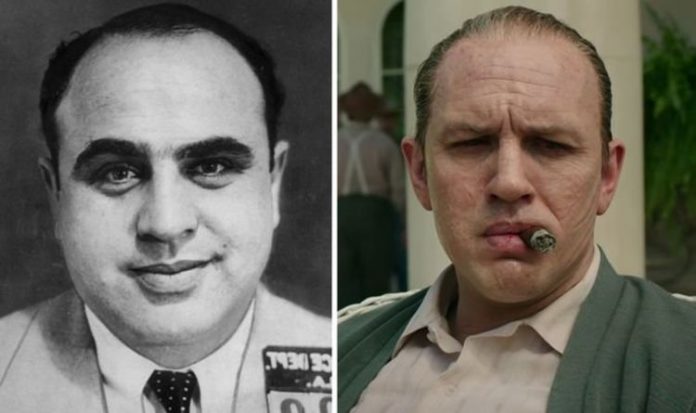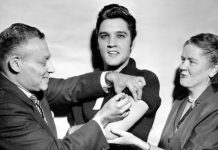Capone: Tom Hardy plays a notorious gangster in crime film
Known better by his nickname ‘Scarface’ – which the American gangster hated – Capone is one of the most famous crime bosses to have ever lived. Born in New York City to Italian parents, he soon gained notoriety during the Prohibition Era as the boss of the Chicago Outfit – where he was initially seen as a “modern-day Robin Hood”. But shocking acts of brutality, like the St Valentine’s Day Massacre – where seven gang rival members were murdered in broad daylight – damaged his public image and he was soon denounced as ”Public Enemy No.1”.
Eventually, he was convicted and sentenced to 11 years in prison for tax evasion – and it was during this time he showed signs of neurosyphilis – a brain disease that would eventually lead to him being released four years early.
Tom Hardy became the latest actor to portray Capone, playing the mobster boss living out his final dismal years in his Florida mansion in the ‘Capone’ film added to Netflix today.
Released originally last year, it paints Capone as a man succumbing to dementia as a result of an infection of the central nervous system caused by the sexually transmitted infection syphilis.
Although Hardy has been praised for his portrayal of “a feral and angry Capone,” reviewers have generally given the film unfavourable write-ups, accusing it of “fetishising” Capone.
Tom Hardy’s film is now available on Netflix (Image: GETTY/YOUTUBE)
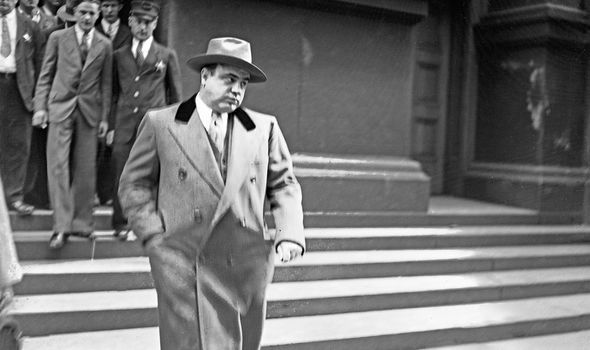
Capone was a notorious gangster (Image: GETTY)
Some say it focused too much on grotesque images such as Capone defecating himself during an FBI interview and roaming his Florida mansion in a nappy.
But the production, which also stars Linda Cardellini, Matt Dillon and Kyle MacLachlan, also raises the question of whether the gangster was, in fact, faking his descent into syphilis-induced dementia in the final years.
Those who believe the “fake dementia” theory cite a testimony from Clyde Smaldone, the former head of a Denver crime family, who visited Capone in 1946 and told crime historian Dick Kreck it was “a damned lie” that his friend had syphilis.
But the evidence seems overwhelmingly against Smaldone.
Capone was freed on November 16, 1938, and his family noticed his decline immediately.
READ MORE: Pablo Escobar: CIA uncovered ‘large stash’ under safe house in hunt for ‘missing millions’
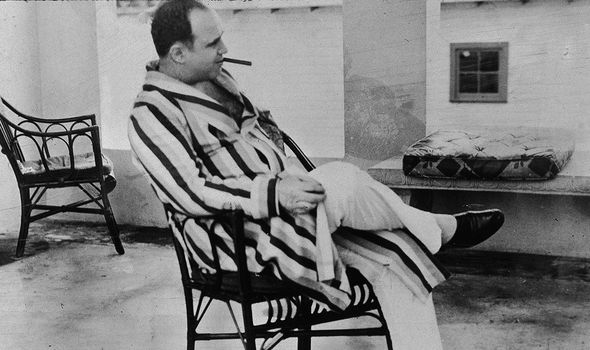
He was released from prison four years early (Image: GETTY)
In 2019, his great-niece Deirdre Capone recalled that he was incapacitated just days after release.
She said: “Al would go around to his own sister and say, ‘Who are you?’ then he would go to somebody else and then he’d come back to his sister and say, ‘Who are you again?’”.
Although Capone and his family tried to keep his image up, the damage to his mind and body appeared clear to doctors too.
In March 1939, he was examined by a physician, who told the Miami Daily that in his current condition Capone “couldn’t dominate anything, much less a gangland empire”.
The gangster’s last few years were also detailed in Deirdre Bair’s 2016 biography ‘Al Capone: His Life, Legacy and Legend’.
Ms Bair conducted a number of interviews with Capone’s relatives.
DON’T MISS:
Tehran’s war capability revealed amid tensions with West [ANALYSIS
US soldier risked ‘cataclysmic outcome’ with defection to USSR [COMMENT]
Turkey close to Russia’s grasp amid Trump fury after Venezuela ruling [ANALYSIS]

Capone spent his final years in his Florida mansion (Image: GETTY)
She described him as “delusional, sick, broken and demented – a mindless blubbering idiot”.
According to her accounts, Capone was subject to wild mood swings and panic attacks.
He is said to have had imaginary conversations with long-dead mobsters.
His favourite nurse, Gertrude Cole, would reportedly humoured him, pretending to place bets on the races at horse tracks he believed he still owned.
In 1942, he was one of the first Americans to receive the antibiotic penicillin as a treatment for syphilis after the drug began to be mass-produced.
But this did little good as his condition was so advanced.
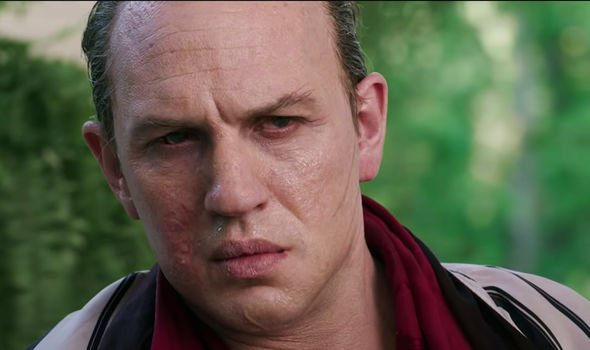
Tom Hardy plays Capone in the film (Image: YOUTUBE)
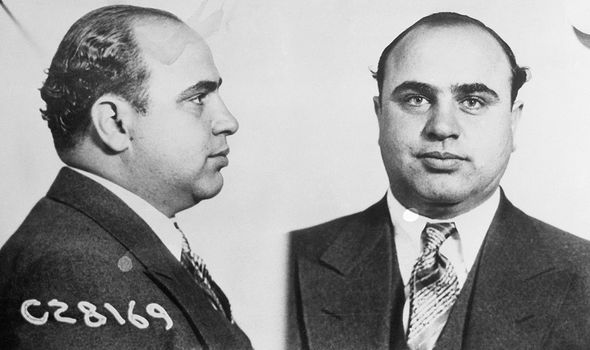
The mob boss died in 1947 (Image: GETTY)
In 1946, Capone was deemed by medical and psychiatric experts “to have the mental capabilities of a 12-year-old”.
A 1998 report in the Florida Historical Quarterly detailed the agony of his final days.
He was said to be “breathing continuously through an oxygen mask, and pneumonia filled both of his lungs”.
Capone was believed to be having convulsions and was sedated with large doses of Demerol, codeine and morphine.
On January 25, 1947, Capone died of cardiac arrest after suffering a stroke, aged 48.
His death certificate cited “bronchopneumonia, due to apoplexy” and his family refused a request to hold an autopsy on Capone’s brain.
He was buried near Chicago with a gravestone that reads “My Jesus Mercy”.

